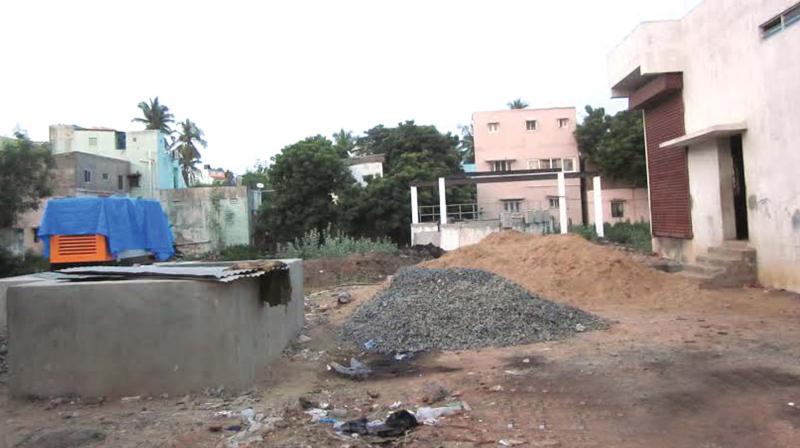Suburban Chennai to have connected sewage system

Chennai: After a much-delayed pause, residents of South Chennai merged with Chennai corporation in 2011 can be beneficiaries of a well connected sewage system by March next year. While localities like Alandur, Adambakkam, and Nanganallur have a proper underground drainage system connected to the pumping station at Nilamangai Nagar of Adambakkam, residents of erstwhile municipalities of Ullagaram-Puzhuthivakkam had to glare at a long list of problems.
Even though the 95 percent of the locality is connected with underground drainage pipelines, it is unfortunate that the three pumping stations at — AGS Colony, Draupadi Amman Koil Street and Ravanan Nagar-proposed in 2007 is yet to be completed. The project on Draupadi Amman Koil Street took a hard hit with the Southern bench of National Green Tribunal ordering a halt, after residents claiming that the station was commenced at a tank, belonging to the Draupadi Amman temple.
As the works have commenced, following a dismissal of case in the National Green Tribunal around five months ago, relieved residents expect no delay in getting the connections. "We had to periodically rely on private sewer tankers to empty our septic tanks. I hope it doesn't get delayed further," said D. Kumar, a resident. Ward councillor J. K. Manikin said, "The case got dismissed after proving through the revenue records that the land does not come under the temple premises. It was a low-lying area, thus facilitated water stagnation."
Talking to Deccan Chronicle, Sholinganallur MLA, Arvind Ramesh said, "A sum of '34 crore was allotted to construct the three pumping stations and set up pipelines in the locality. Work will be completed by March 2017." "The project is designed to cater to the population for the next 30 years, so that it does not face a similar problem like Adambakkam pumping station did," added Arvind Ramesh.
Sewage collected from Ullagaram and Puzhuthivakkam would be collected at the pumping stations, before pumping it off to the sewage treatment plant at Perungudi. After removing the slush, it would be disposed into the sea through Buckingham Canal.

